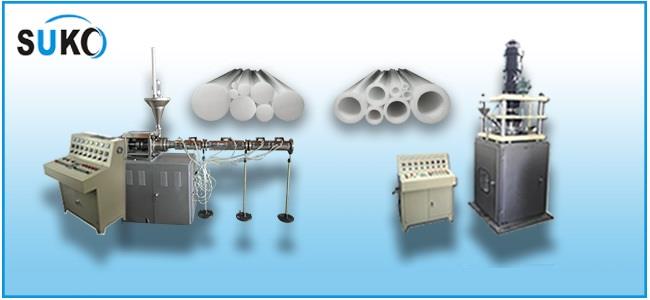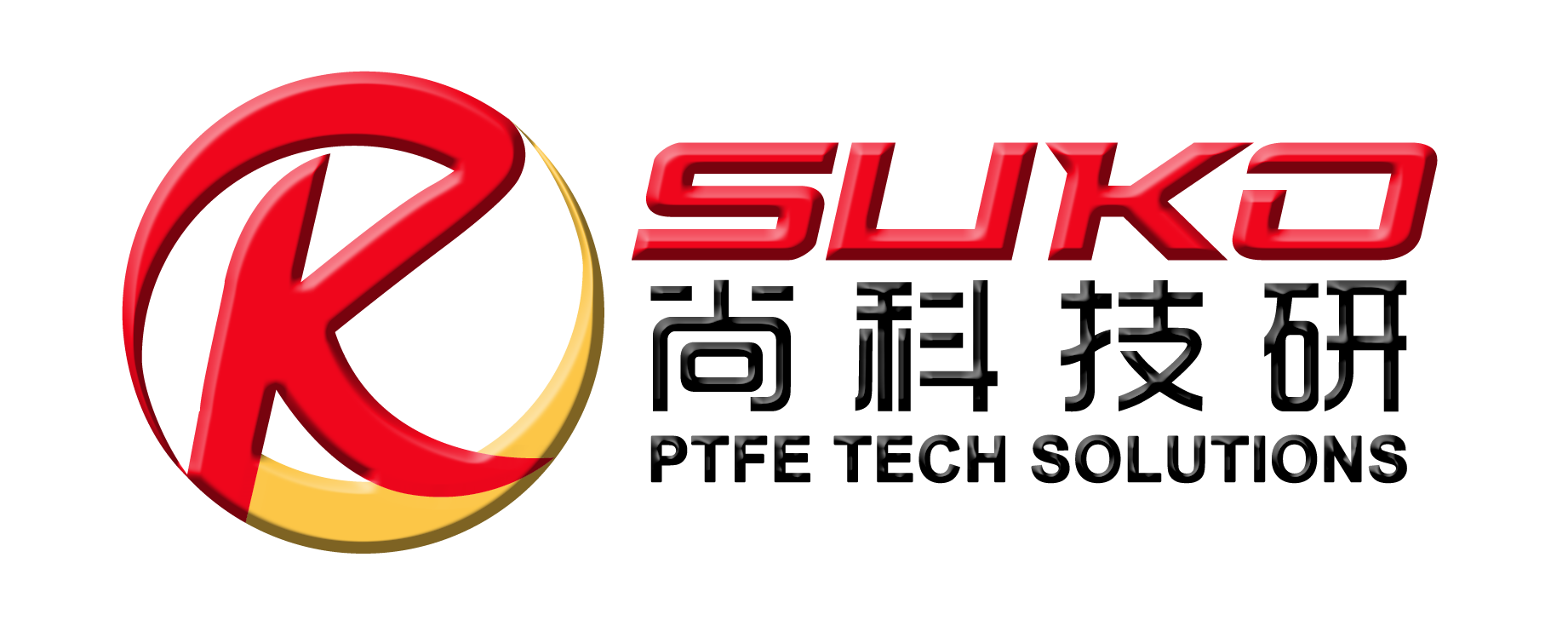The process of polymer extrusion involves taking raw materials and creating a product that can be formed into a unique profile of a variety of lengths, shapes and colors. The profiles are highly customizable and can be made from almost any type of rubber. There are two processes for rubber extrusion; continuous in-line cure and off-line cure.

Continuous in-line cure extrusion:
- * In this process the heated rubber is driven through a die in a uniform stream and travels through a ‘curing tunnel’ that raises the product to the appropriate vulcanizing temperature and maintains that temperature until the curing process is complete. There are multiple methods that can be used to form the ‘curing tunnel’ including; high velocity hot air, microwave ovens, hot liquid curing medium (LCM) or a fluidized bed of glass Ballotini beads. The length of the tunnel is taken into consideration along with the speed to calculate the temperature throughout the vulcanizing process. As the cured rubber exits the tunnel it is moved into a cooling channel where the rubber is cooled and residue is removed. The speed at which the product travels through the cooling channel is facilitated by a puller at the end of the line to maintain overall stability.
- * Advantages: the ability to produce unbroken lengths, increased manufacturing speed, minimal labor, and efficient uses of energy and space. This process also allows for the combination of multiple materials.This process does have some limitations. Typically the cost of raw materials is higher, and there can be size and shape limitations.
Off-line cure extrusion:
- In this method the curing process is aided by autoclaves. The warm rubber is driven through the die and then exposed to high-pressure steam in order to achieve the appropriate vulcanizing temperature. The temperature is maintained until the chemical reaction is complete. Before the curing process begins the uncured, tube-shaped, product is secured over a mandrel to force the rubber to maintain a distinct shape during the curing process.
Plastic Extrusion Process
Plastic extrusion is a process for converting plastic materials from solid to liquid states and reconstituting them as finished components. First, plastic pellets are gravity fed from a hopper into a jacketed screw. As the screw turns about its axis, it transports, melts, and pressurizes the plastic. From there, the molten material is forced through a die that shapes it into a specified cross-section, producing parts with a potentially wide range of lengths. During extrusion, plastics transform from solid to liquid and back again without sacrificing their distinctive properties. As a result, scrap parts can be ground and re-extruded with minimal degradation, making extrusion a popular method for reducing or recycling plastic waste.
Post time: Jan-14-2018

